Our composition is a work of the Lombardo-Emilian naturalist school from the first half of the 17th century. It features, in a tight frame, two boys arguing to scrape the bottom of a copper cauldron containing the remains of a gourmet dish, a sweet compote. The eldest takes pleasure in showing the youngest that he is harvesting the last spoon, which triggers the anger of the latter who cries bitterly.
The "raw" way both realistic and grotesque of painting the two protagonists undoubtedly leads to the Lombardo-Emilian naturalist school and one cannot help but compare it to the works of the Bolognese genius Annibale Carrache "Two children playing with a cat ”In the Metropolitan Museum of Art in New York,“ The Monkey Man ”at the Uffizi Gallery in Florence, or“ Two Laughing Boys ”at the Capodimonte Museum in Naples.
Our painting is soberly underlined by a gilded wood frame in mecca with reparure and bullinato patterns.
Dimensions: 37.5 x 64 cm at sight - 56.5 x 83 cm with the frame
Sold with invoice and certificate of expertise
Annibale Carracci dit le Carrache (Bologna 3.11.1560 - Rome 07.15.1609) is a major painter of the Bolognese school. With his brother Agostino (1557-1602) and his cousin Ludovico Carracci (1555-1619), in 1582 he founded the Accademia degli Incamminati where he developed a style between classicism and baroque which considerably influenced 17th century painting. The word Incamminati means "on the way to", indicating an artistic path that takes new directions, towards new paths. This school, whose objective is to train cultivated artists, helps to establish a certain union between history and nature, leading to the coexistence of the landscape alongside painting of the "high genre", history painting. .
Annibale produces an image that is both pious and symbolic, an illustration of the Counter-Reformation, giving an impression of reality, by ordinary characters freed from the artifices of Mannerism. This naturalism first emerged in genre painting, then expresses itself quickly in an immediate nature producing an effect of plausibility. It was his fresco decorations (Palazzo Fava and Palazzo Magnani) which earned him a call to Rome where he settled in 1595. He returned to the service of the Farnese, for whom he would carry out the decorations of the Camerino and their Gallery. roman palace.
Guido Reni, Giovanni Lanfranco and Domenico Zampieri (the Dominicino) are his most illustrious students.


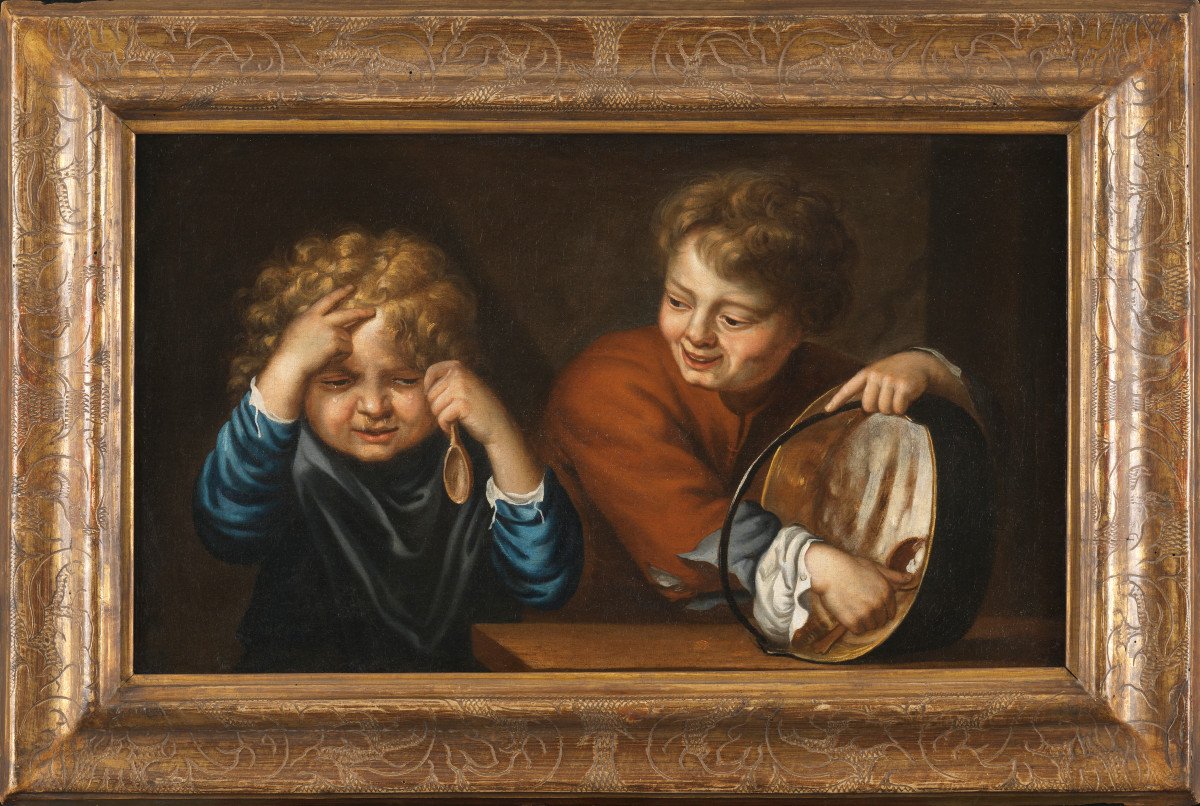
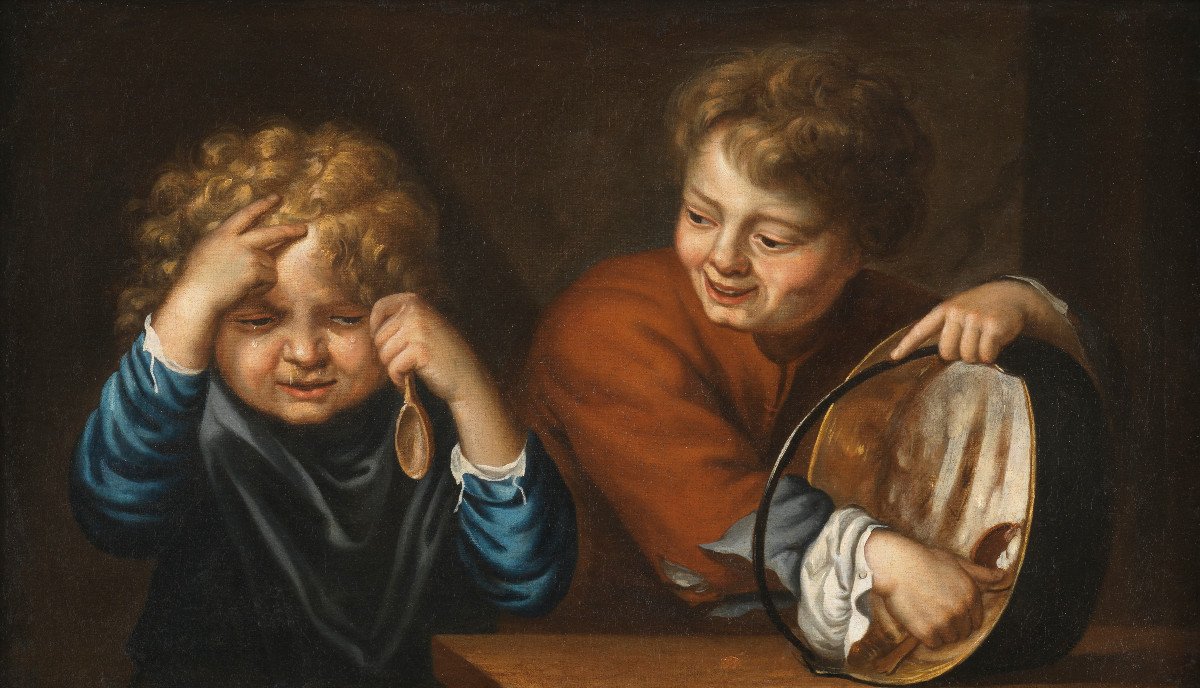
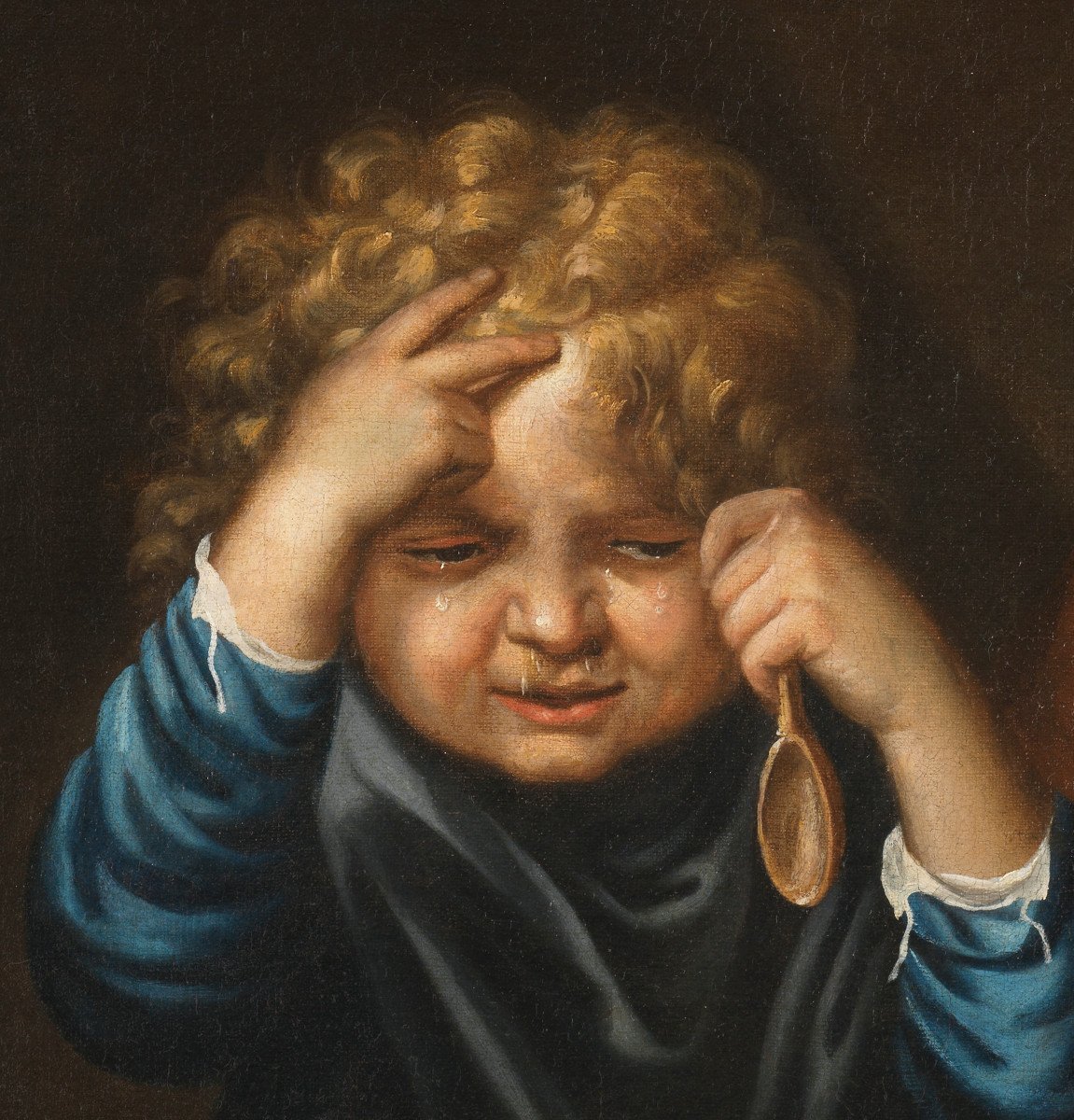
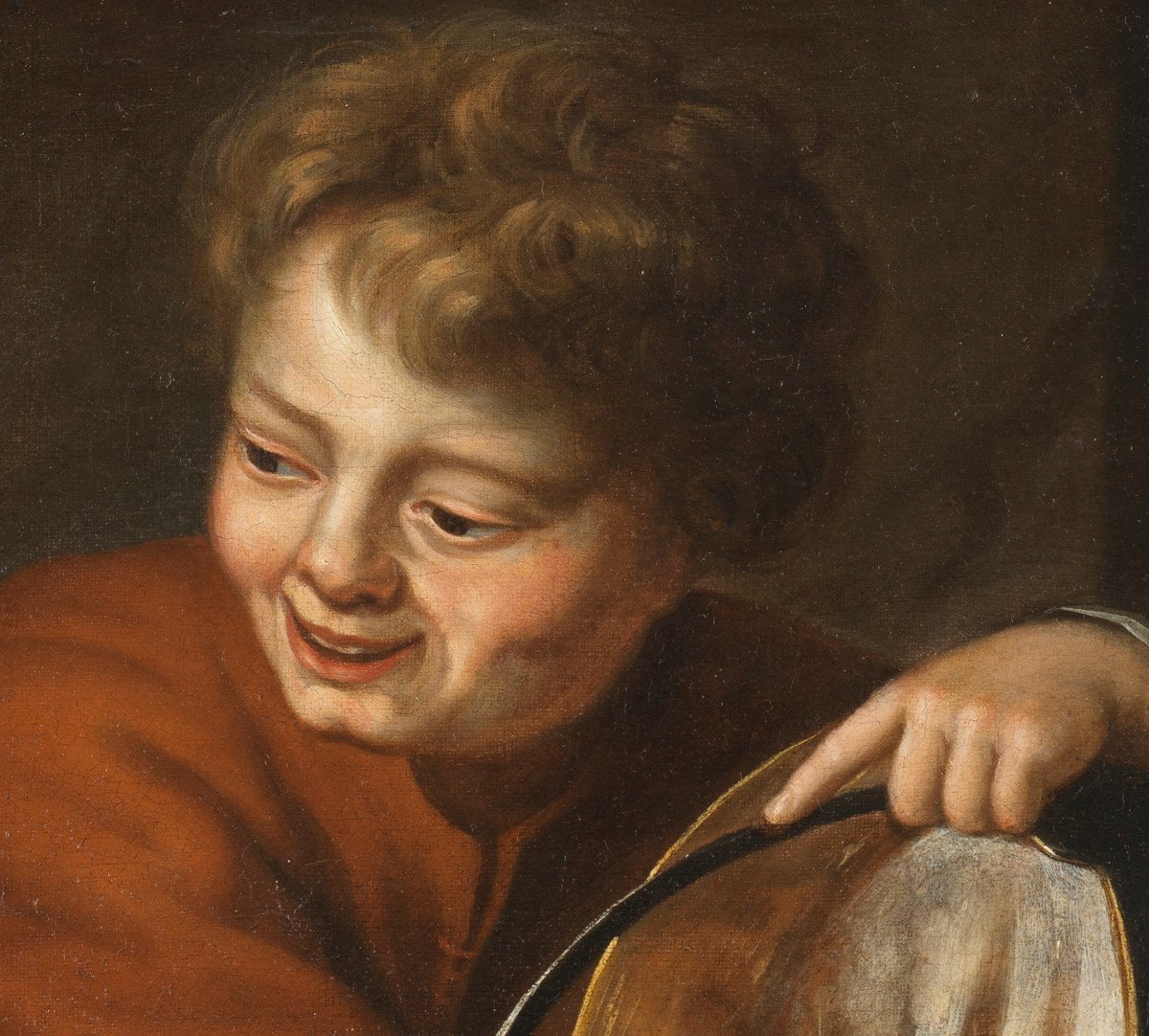
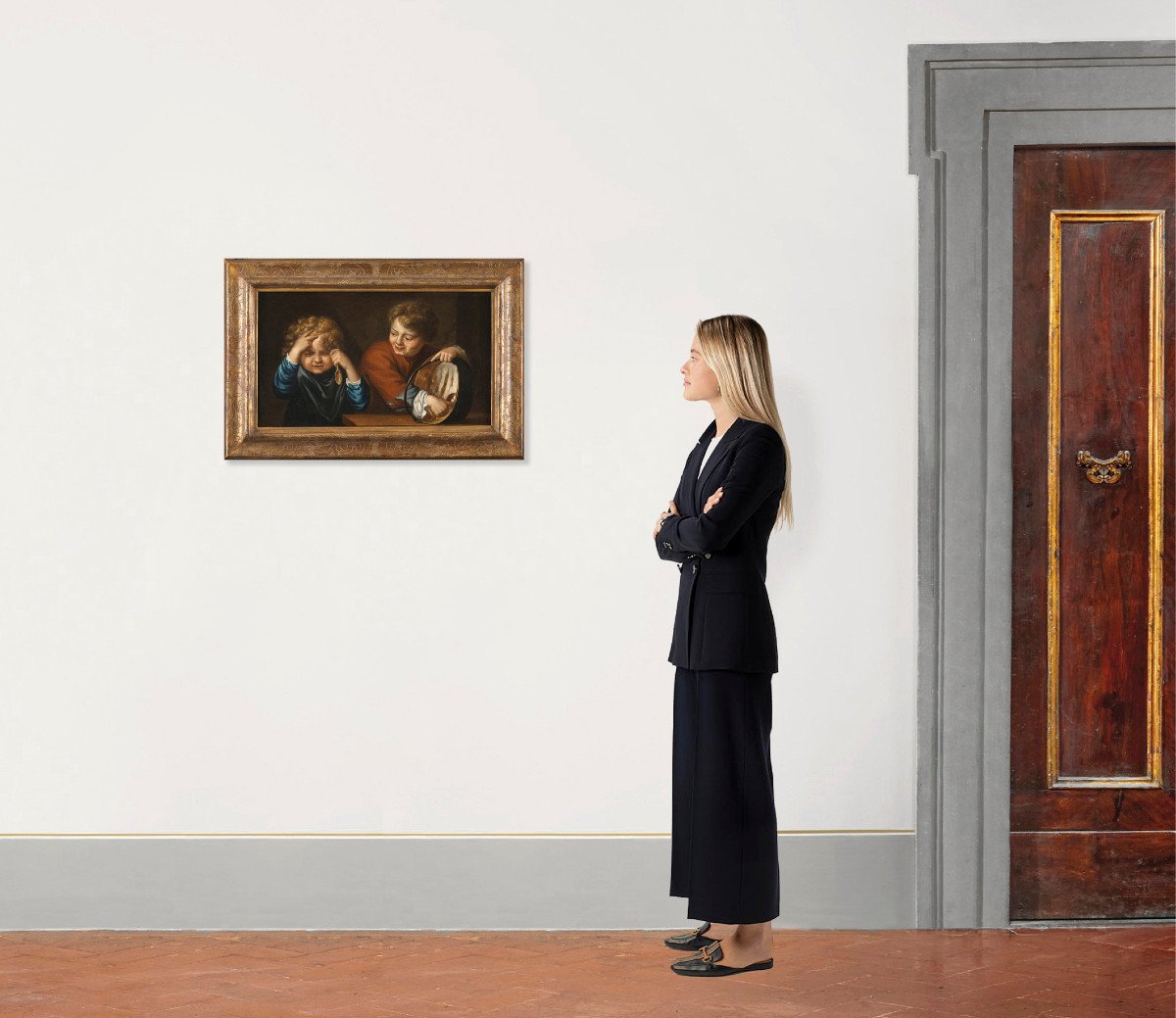









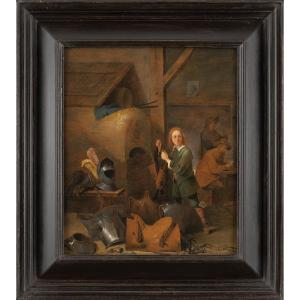
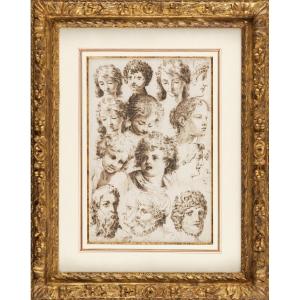








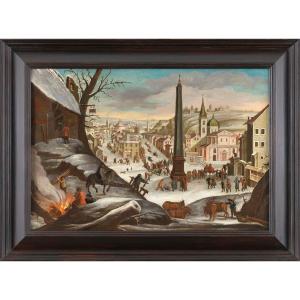






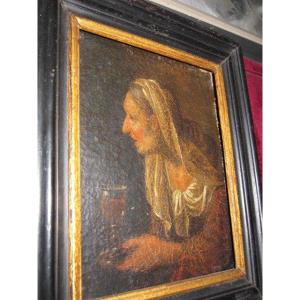



 Le Magazine de PROANTIC
Le Magazine de PROANTIC TRÉSORS Magazine
TRÉSORS Magazine Rivista Artiquariato
Rivista Artiquariato